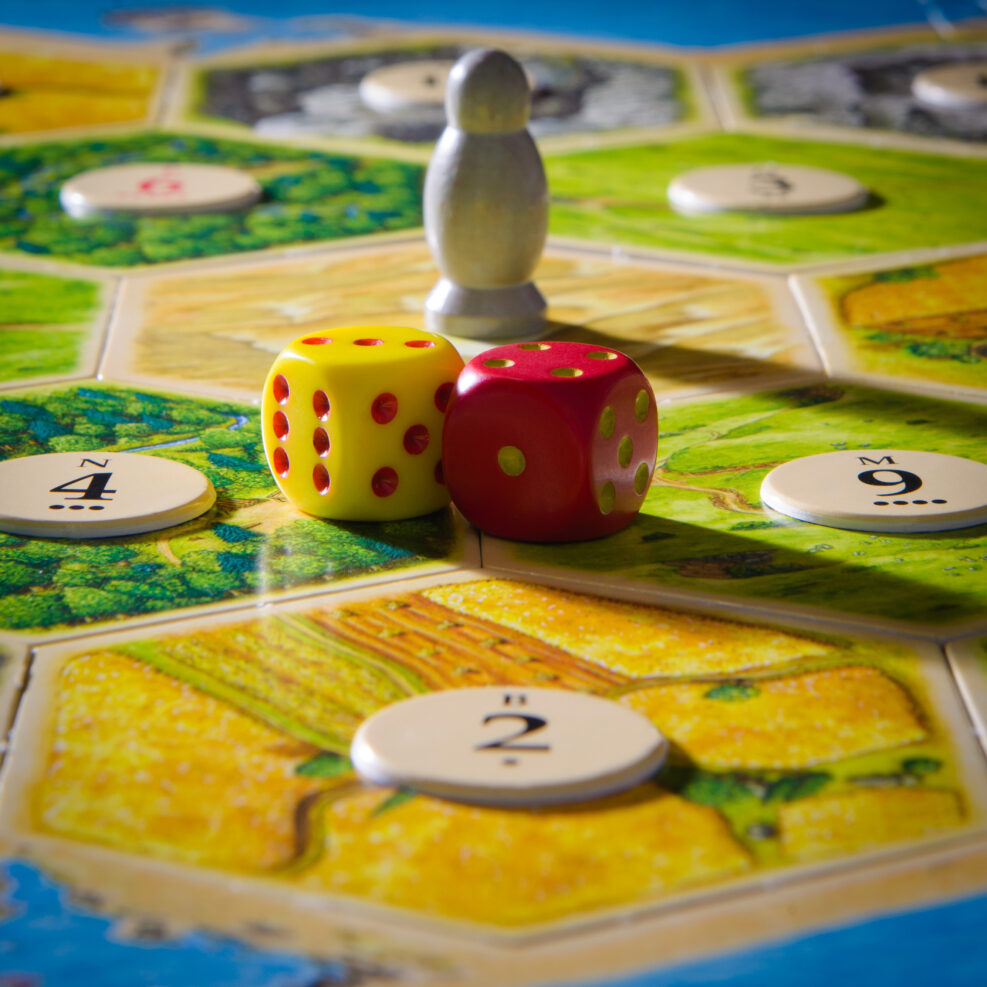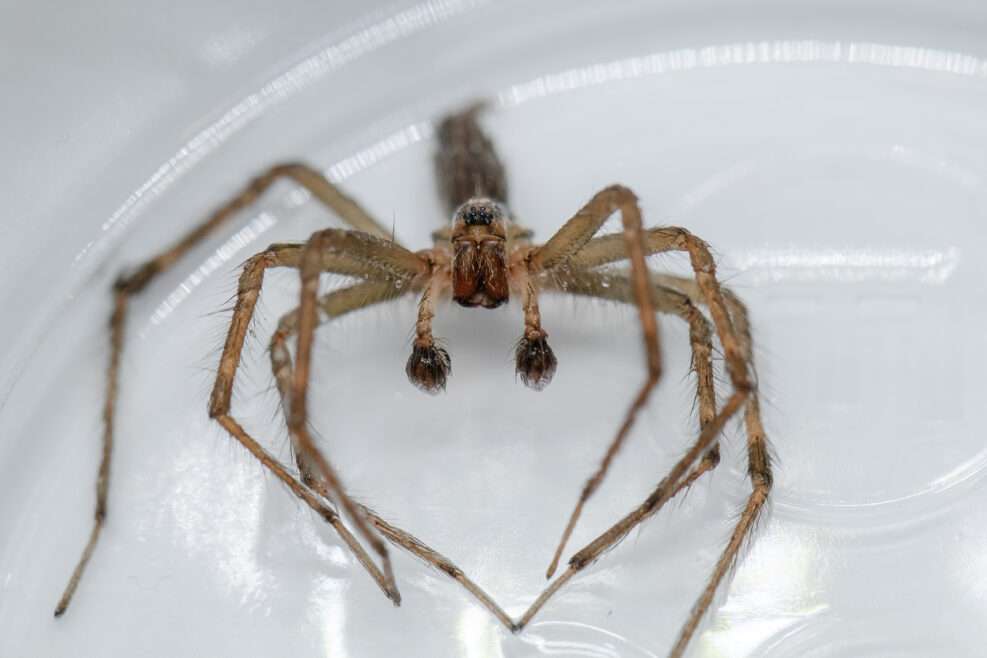
In What Ways Are Cats Intelligent?
Cats have nearly twice as many neurons as dogs and a bigger and more complex cerebral cortexIt’s hard to come up with an interspecies IQ test. We live in a world where dogs are smarter than wolves in some ways but wolves are smarter than dogs in others. So much depends on what we want to measure. So let’s look at cats in relation to dogs because dogs have been studied so much more. Dogs are often seen as smarter than cats because they can do more jobs for humans. But humans bred dogs for millennia to do those very jobs. Cats have also made themselves useful to humans by killing pest rodents. But we best help the cat kill rodents just by getting out of his way. Thus, to assess cat intelligence vs. dog intelligence, Read More ›


















